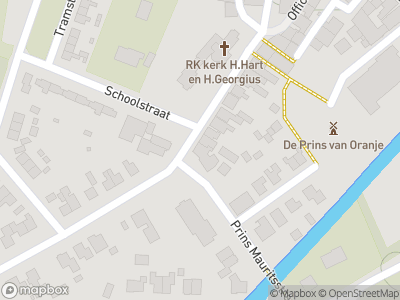The name of Bredevoort was first recorded in 1188. For centuries different armiesfought for ownership of the town and its castle. Nowadays, Bredevoort is known for its picturesque alleyways in the old fortifications, but mostly because of its status as a National Book Town.
Origin
Bredevoort was established at a crossroads on important trade routes between Zutphen, Twente and Münster. A castle was built close to this strategic location in the middle of almost impenetrable marshland and was fought over for centuries. In 1278, the castle was attacked and destroyed by Count Everhard van der Mark, because the lord of the castle had abducted his father. Count Everhard stipulated that the castle could not be rebuilt until the lord of the castle, the Count of Lohn, had made a pilgrimage to Palestine or Latvia. In 1325, Bredevoort was permanently incorporated within the County of Guelders.
1597 siege
Bredevoort’s strategic location was also a major obstacle for Maurice of Nassau, who attempted to besiege the town, unsuccessfully in 1597. Just 200 Spanish soldiers managed to fend off the attack, causing Maurice to devise a new way of entering the town. Eight days later, with the aid of a new weapon – a temporary cork bridge – he did just that. He attacked the town for two days and Bredevoort was left in ruins. Only twenty houses survived.
Fortified town
Shortly afterwards, work began on rebuilding Bredevoort as a fortified town, but this time, in the hands of the Dutch States Party. The historical towncentre resulting from this period can still be seen today.
The church of Saint George was rebuilt in 1599 on the old foundations dating from 1316. Its bell is still rung three times a day in accordance with local tradition: at the times when the town gates would have been opened and closed, and at lunchtime.
After antiquarian bookshopswere invited to set up in the town, Bredevoort was christened a National Book Town in 1993.















